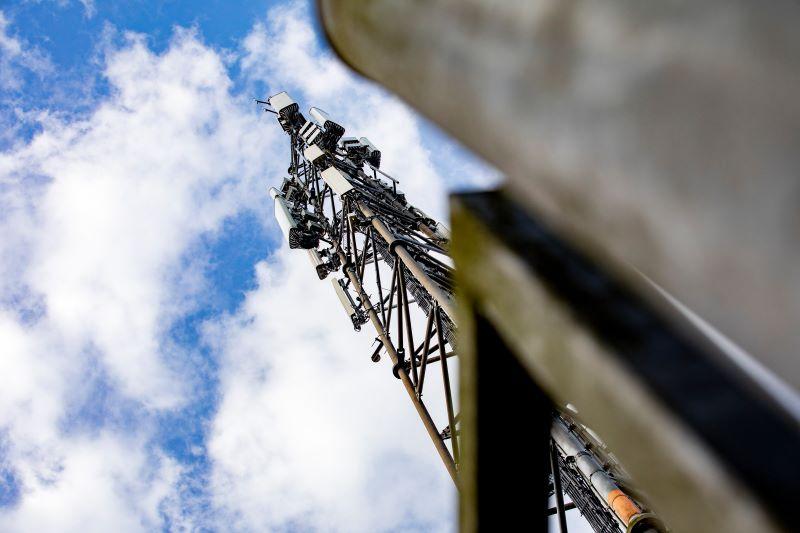
Credit: Niels Wenstedt / BSR Agency / Getty Images
Airline industry stakeholders are working to assess the real-world ramifications of new flight restrictions linked to the 5G wireless network rollout starting Jan. 19, but early indications suggest potentially significant disruptions at scores of commercial airports across the U.S. The FAA early Jan...
Subscription Required
This content requires a subscription to one of the Aviation Week Intelligence Network (AWIN) bundles.
Schedule a demo today to find out how you can access this content and similar content related to your area of the global aviation industry.
Already an AWIN subscriber? Login
Did you know? Aviation Week has won top honors multiple times in the Jesse H. Neal National Business Journalism Awards, the business-to-business media equivalent of the Pulitzer Prizes.

